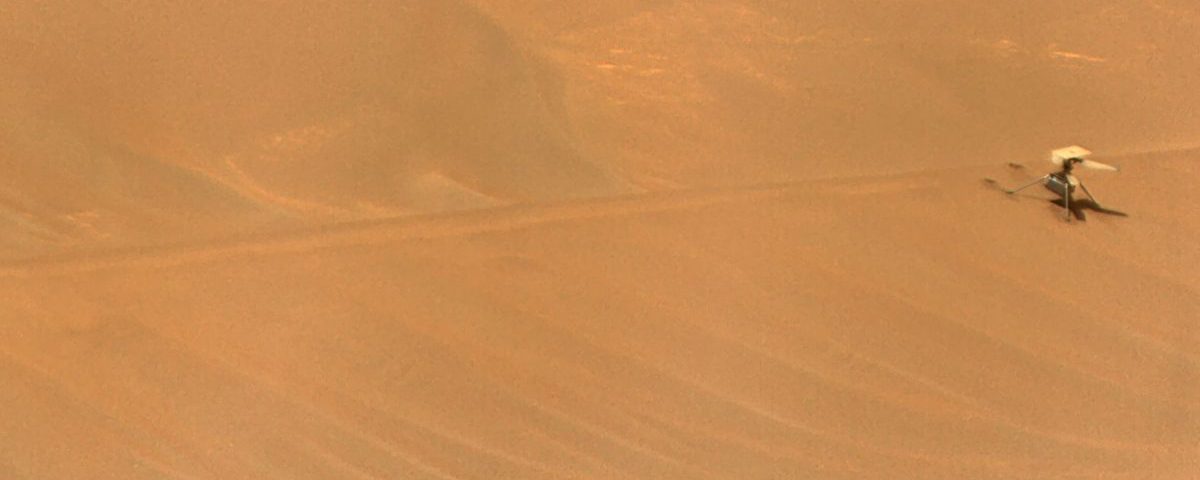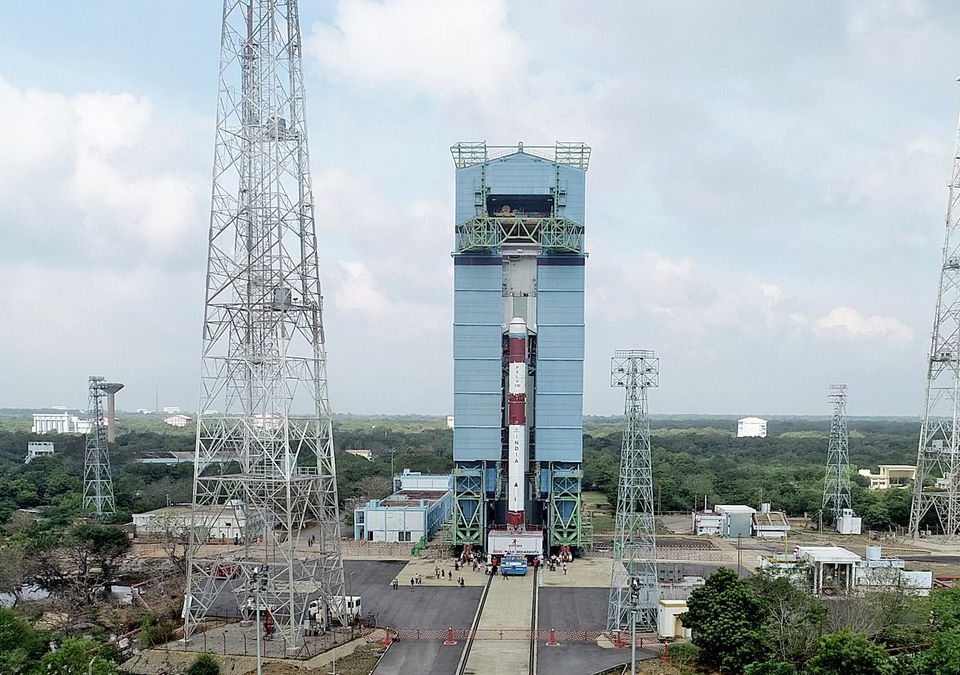NASA’s exciting 2024 began with a crash that ended a historic mission

I must protect Fortnite’s sprites at all costs
December 28, 2024
An elusive creature of the deep can live for centuries. Scientists think they know why
December 28, 2024NASA’s exciting 2024 began with a crash that ended a historic mission
NASA’s 2024 started with a crash that brought an abrupt end to one of its most remarkable missions of recent years.
Full Article
NASA had a busy 2024, overseeing space station operations, monitoring a slew of ongoing missions, preparing for upcoming Artemis lunar flights, and much more. It also began the year with a fully functioning helicopter on Mars. Ingenuity arrived on the red planet in February 2021, together with NASA’ Perseverance rover. In April of that year, Ingenuity buzzed its way into the record books by becoming the first aircraft to achieve powered, controlled flight on another planet. The plucky helicopter continued to wow fans for almost three years as it took increasingly complex flights across the red planet, with its high-speed rotors helping it to comfortably handle an atmosphere considerably thinner than Earth’s. During many of its flights, Ingenuity used its onboard camera to map the martian surface. The data was used to help find places of scientific interest that the Perseverance rover could then explore, and also to find safe routes for the rover to make it to those sites. But on January 6, 2024, in a sign of the more serious trouble to come, Ingenuity performed an emergency landing when its onboard software and navigation camera had trouble making sense of the featureless terrain beneath it. Its operators at NASA’s Jet Propulsion Laboratory (JPL) in Southern California sent up instructions for a subsequent flight on January 18. But the 32-second hover turned out to be its last. In a post-flight assessment, images taken by Ingenuity and beamed back to Earth showed damage to the helicopter blades that meant it would be unable to fly again. It turned out that similar to the previous flight, Ingenuity’s navigation system began to struggle soon after lifting off. “Data sent down during flight 72 shows that, around 20 seconds after takeoff, the navigation system couldn’t find enough surface features to track,” JPL said recently. This led to an off-balance, hard landing that broke the helicopter’s blades. It was a bittersweet moment for the team members at JPL. Although upset at Ingenuity’s grounding, they were delighted with the mission’s many achievements. After all, Ingenuity was originally expected to take just five flights over 30 days, but ended up far exceeding expectations by flying 128.8 flying minutes across 10.5 miles (17.0 kilometers) in a total of 72 flights, and reaching altitudes as high as 78.7 feet (24 meters). On January 25, NASA chief Bill Nelson announced the end of Ingenuity’s primary mission. “The historic journey of Ingenuity, the first aircraft on another planet, has come to end,” Nelson said. “That remarkable helicopter flew higher and farther than we ever imagined and helped NASA do what we do best — make the impossible, possible.” Weeks later, however, it emerged that the hardy helicopter was down but not out. Although it can no longer get airborne, Ingenuity’s onboard computer is still working and able to gather weather and avionics test data on a weekly basis that it sends to the Perseverance rover, which is still in touch with JPL. “The weather information could benefit future explorers of the red planet,” JPL said, adding that the additional avionics data is already proving useful to engineers working on future designs of aircraft and other vehicles for future Mars missions. If the tire on your car fails, it’s either a case of changing it yourself or getting someone to do it for you. For rovers on Mars, neither option is available. NASA has updated an FAQ page on its website with the latest information on the state of Boeing Space’s beleaguered Starliner mission. With so much speculation surrounding the state of the spacecraft, the page offers a definitive guide on where the mission is at right now. NASA has announced that it will delay the targeted launch date of SpaceX’s Crew-9 mission to the International Space Station (ISS) while it continues to work on resolving the situation with the troubled Starliner spacecraft. The Starliner mission was only supposed to last about 10 days, but has been docked at the ISS since early June. An issue with some of the spacecraft’s thrusters has prompted NASA engineers to carry out investigations to determine if the vehicle is safe to fly home with its two crew members on board. Upgrade your lifestyleDigital Trends helps readers keep tabs on the fast-paced world of tech with all the latest news, fun product reviews, insightful editorials, and one-of-a-kind sneak peeks.



